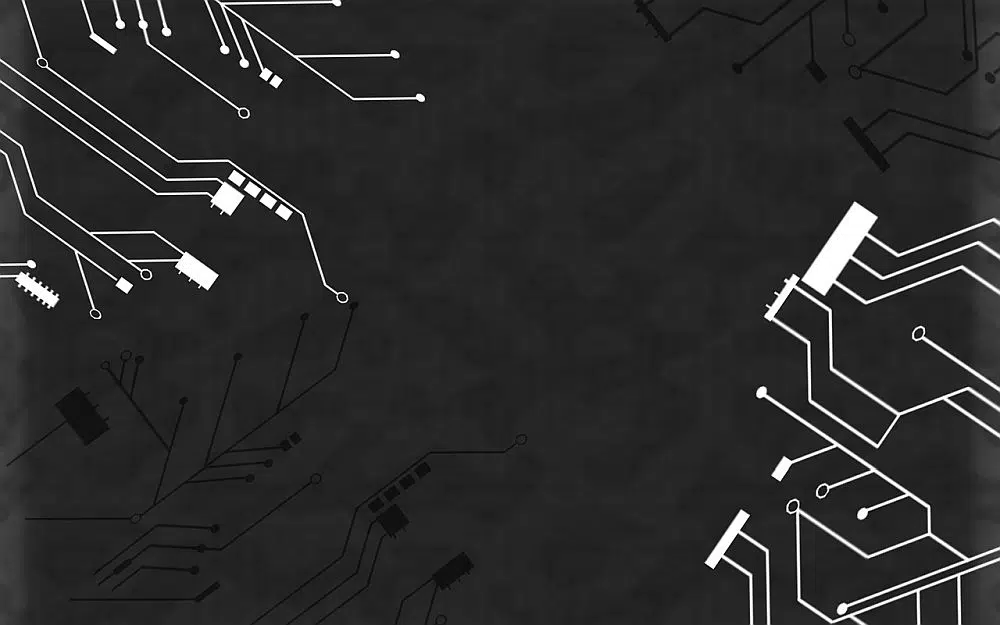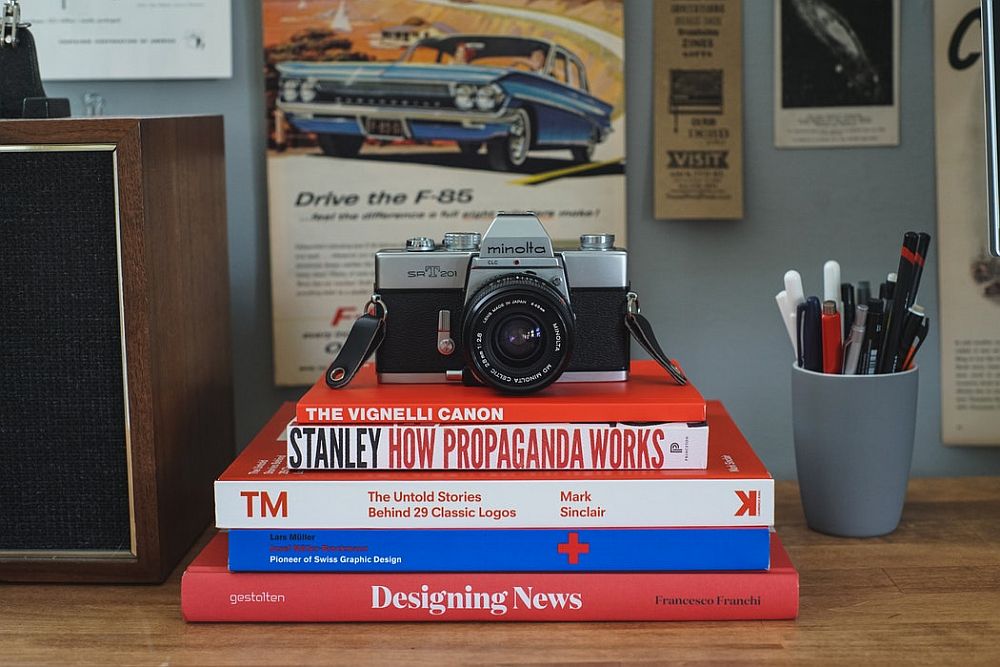Photographers and web designers might seem like their jobs are 100% different. One is focused on traveling to locations, capturing moments, and working with humans and cameras while the other is focused on developing an online location, manipulating code and handling client demands. However, photographers and web designers aren’t that different. Both work creatively and technically to create something special and new, something that will tell a story for a business or a personal client. Both must be highly professional, highly skilled, and aware of trends and expectations. Both must harness their craft to make something from nothing. There are also several facets of photography that you, as a web designer, might learn from. We’ll review those today:
How to balance colors

Photography is about manipulating the light and the atmosphere of a photo to get the colors just right. Photographers have to make sure this works out so that colors don’t wash out their subject or blend poorly. They may not have total control of the colors in the frame, but they can make sure the final image plays to their strengths. Similarly, your web design client very likely has the color palette in mind that they would like you to use when developing their website. However, your professional opinion comes into play when you consider where to place those colors in the menu, sidebars, font colors, and other elements of the site. Knowing how to contrast light and dark colors, keep a balance throughout the site, and make sure every element is legible and attractive will make you a better designer. This skill could make or break your web design portfolio, even if you don’t have total control over the colors your clients choose.
How to compose and layout an image
If all of the interest in a photo is on one side, the photo will feel imbalanced and the layout will be all wrong. If there are elements in a photo that are crooked, partially in-frame, or which demand too much attention, the photo will feel off. Websites are the same way. If all of the visual interest is in the far-right side bar, the website will appear off. If the website’s visitors don’t know how to find things, or feel overwhelmed, your client will not be happy – their visitors will be leaving in droves. Composition is everything for any visual artist.
How to lean on small details

A great photographer knows how to hone in on a small detail in a photo, and wrap all of the visual inertia of the image around that special detail. As a web designer, you know that tiny things like icons or typographical choices can make or break a website. You also know how to design an entire 30-page website around one logo. Sometimes the tiniest thing brings it all together.
How to make sure everything has its purpose
Photos can look cluttered. A talented photographer knows that sometimes less is more, and it can benefit the entire image to pull some extra fluff out of a frame to focus on the subject. As a web designer, you know it isn’t 1999 anymore and we don’t need random buttons, flashing objects, and callouts for no reason. Studying the principles of photography could remind you that just because you CAN add bells and whistles to your client’s site, doesn’t mean you should.
How to be equal parts creative & technical

Photographers aren’t just creators who have fun all day. Photography IS a fun occupation and certainly an art form that many people enjoy, but the creative part isn’t the only important part. Photographers have to understand lenses and cameras and lighting and editing software and all of the elements of managing a business, too. The same is true for you, the web designer, who must balance the creative edge of bringing your client’s vision to light with the technical propensity to make that possible.
How to work with what you’ve got
Not every incredible photographer is using immensely expensive equipment. Some of the best photographers in the industry currently are using an iPhone and natural light. The same is true for web designers. We’re not all using the best computers or laptops to design and while we might all have a wish list of better equipment in mind, we can work with what we’ve got.
How to take criticism
Managing client expectations is a major part of any photographer’s life – especially if they own their own business and have to work to retain clients and earn reviews. They have to hope that every shot they take for the client will be the perfect one and that there will be no disappointment but sometimes expectations and the finished product don’t match up. Photographers have to be ready for rejections from prospective clients or publications and criticism from clients and colleagues. Web designers are also putting their artwork out into the world in a most public fashion and will also need to develop a certain poise toward criticism.
How to balance tradition and trend
Photographers know that every photography trend isn’t worth pursuing and adding to their repertoire. As with any art form, someone in the industry will stumble upon a fun trick and everyone else will climb on board for a while. Sometimes these can be fun ways to challenge yourself or to engage trendy clients but in the long run, not every trend will stick. The same is true in web design – the ultra geometrical and tiled websites, the heavy scrolling sliders, and the side navigations of the last decade have come and gone. Using discretion with trends could give your business the edge.
So, as you can see, photographers and web designers face many of the same trials and struggles and could benefit from each other in so many ways. If you’re a web designer who knows photography, you were probably nodding along with this article the whole way. If you’re a web designer who learned a few things today, remember this: honing your craft isn’t just about learning the latest code language or expectations for UX – it’s also about remaining creative and dedicated to the artistry of design.

